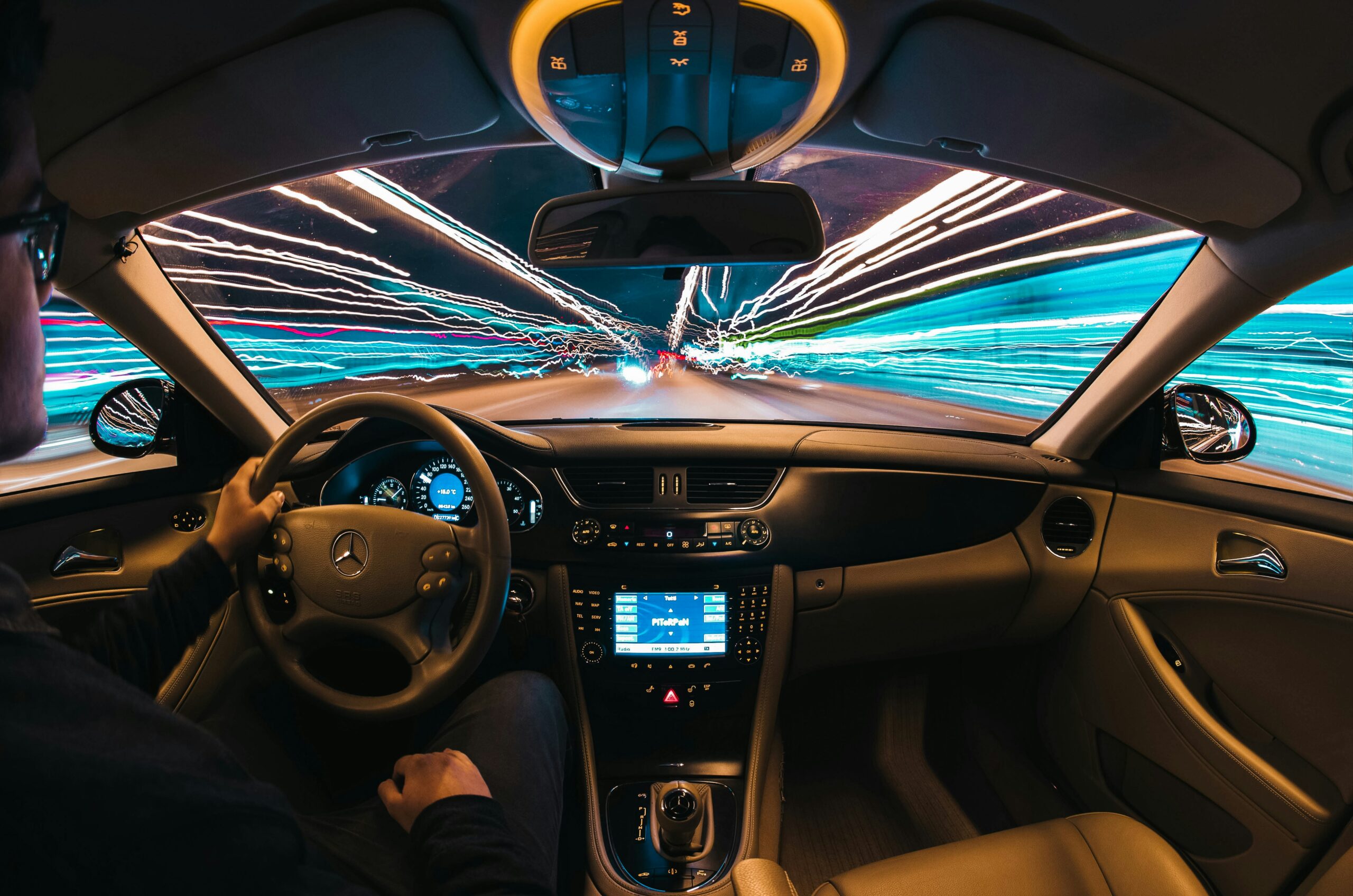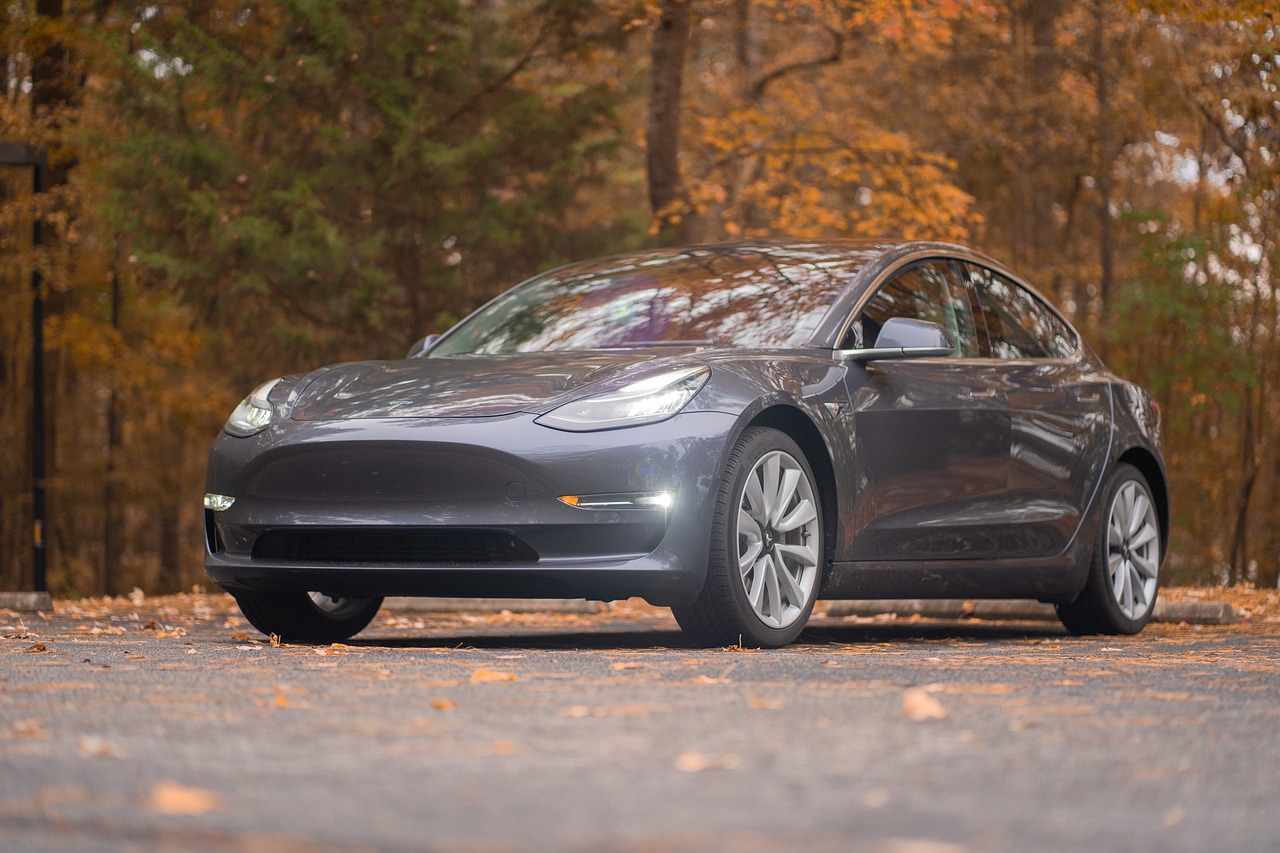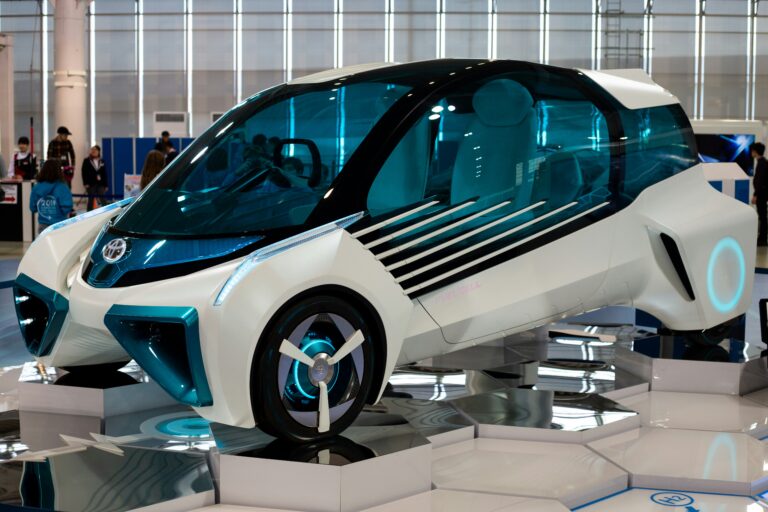The automotive industry is currently undergoing a massive transformation due to the rise of autonomous driving technology. Self-driving cars, which are controlled by artificial intelligence (AI) and advanced sensors, are now a reality that is slowly shaping mobility. Major automakers and tech companies are spending lavishly on autonomous vehicle (AV) research to develop safer and more efficient transportation systems. However, while the technology holds a great promise, there are significant challenges that must be overcome before fully autonomous vehicles can become a mainstream reality. This article identifies the key innovations that are powering autonomous vehicle technology, the main challenges to adoption, and what the future has in store for self-driving cars.
Technological Advancements in Autonomous Driving
Autonomous vehicles are controlled by AI, machine learning algorithms, and sensor systems with no human intervention. Several technological advancements are driving the industry forward:

- LiDAR and Radar Sensors – They help self-driving cars to identify objects, measure the space to them, and move around safely.
- Artificial Intelligence and Machine Learning – AI algorithms learn from the data to control driving decisions in real-time.
- Vehicle-to-Everything (V2X) Communication – AVs share information with infrastructure, other vehicles and pedestrians to enhance traffic flow and safety.
- High-Precision Mapping – Three dimensional maps help the AVs to know the terrain and forecast the roads.
These innovations are making the self-driving cars nearly fully autonomous but there are still many issues that have to be solved for them to be widely used.
Major Challenges Facing Autonomous Vehicles
Although the AV technology is developing very fast, there are some issues that still need to be solved:
- Regulatory and Legal Barriers – Many countries and states are creating legal frameworks for self-driving cars, but the laws are not identical.
- Safety and Ethical Concerns – It is still a problem to teach autonomous systems to react properly in various traffic situations, including interactions with other drivers.
- Infrastructure Readiness – Not many cities are ready for AVs, which need connected traffic lights and dedicated paths.
- Cybersecurity Risks – This makes the autonomous vehicles prone to hacks, a factor that poses a risk to safety and privacy of data.
These challenges can only be met through the efforts of automakers, tech firms, policy makers and urban planners in order to guarantee the reliability and feasibility of AVs.
The Future of Autonomous Vehicles
Despite the challenges, it looks like the future of self-driving technology is rather bright. Several trends are expected to shape the industry in the coming years. Common Trends:
- Widespread Adoption of Level 4 and Level 5 Automation – As technology matures, fully autonomous vehicles (capable of operating without human intervention) will become more common.
- Integration with Smart Cities – AVs will work in tandem with intelligent infrastructure, to improve traffic flow and reduce congestion.
- Expansion of Autonomous Ride-Sharing Services – Companies like Waymo and Tesla are pioneering self-driving taxi services, which could revolutionize urban mobility.
- Advancements in AI Decision-Making – More sophisticated AI systems will improve the ability of AVs to handle real-world driving scenarios with greater accuracy.
The Economic Impact of Autonomous Driving
The widespread adoption of self-driving vehicles is expected to have a far reaching economic impact in almost all sectors of the economy. The transportation sector, including logistics, ride-hailing and public transport is set to gain a lot from automation as it reduces the costs associated with employing human beings while at the same time improving on the time management.

Fleet management companies and logistics firms are already investing in autonomous trucking which has the potential to improve delivery operations, enhance fuel management through optimal route planning and avoid delays which are as a result of human factors such as fatigue. However, this shift also raises concerns about job displacement for professional drivers. Possibly new jobs will appear for example in AV maintenance, AI monitoring or infrastructure development, but this transition has to be well thought out to include workforce re-skilling and adaptation.
Furthermore, it is possible that the urban planning and real estate sectors may change as a result of using autonomous vehicles since they decrease the need for car ownership. Shared self-driving fleets may reduce the need for parking spaces in city centres, opening up new opportunities for the use of land for green spaces, commercial purposes or pedestrian infrastructure.
The governments and policymakers must put these economic changes under their sight and come up with policies that on one hand encourage innovation and on the other hand protect jobs to make sure that the AV technology is contributing positively to society without causing too much economic shock.
This is one of the most exciting and disruptive innovations in the automotive industry: autonomous driving technology. Despite challenges in regard to regulation, safety, infrastructure and cybersecurity, continuous improvements in AI, sensors and connectivity are leading the way to self-driving cars. In the near future, we should expect autonomous vehicles to have a significant role in the creation of smarter, safer, and more efficient transportation systems worldwide. Technological development is gradually bringing the dream of fully autonomous driving closer to reality.


